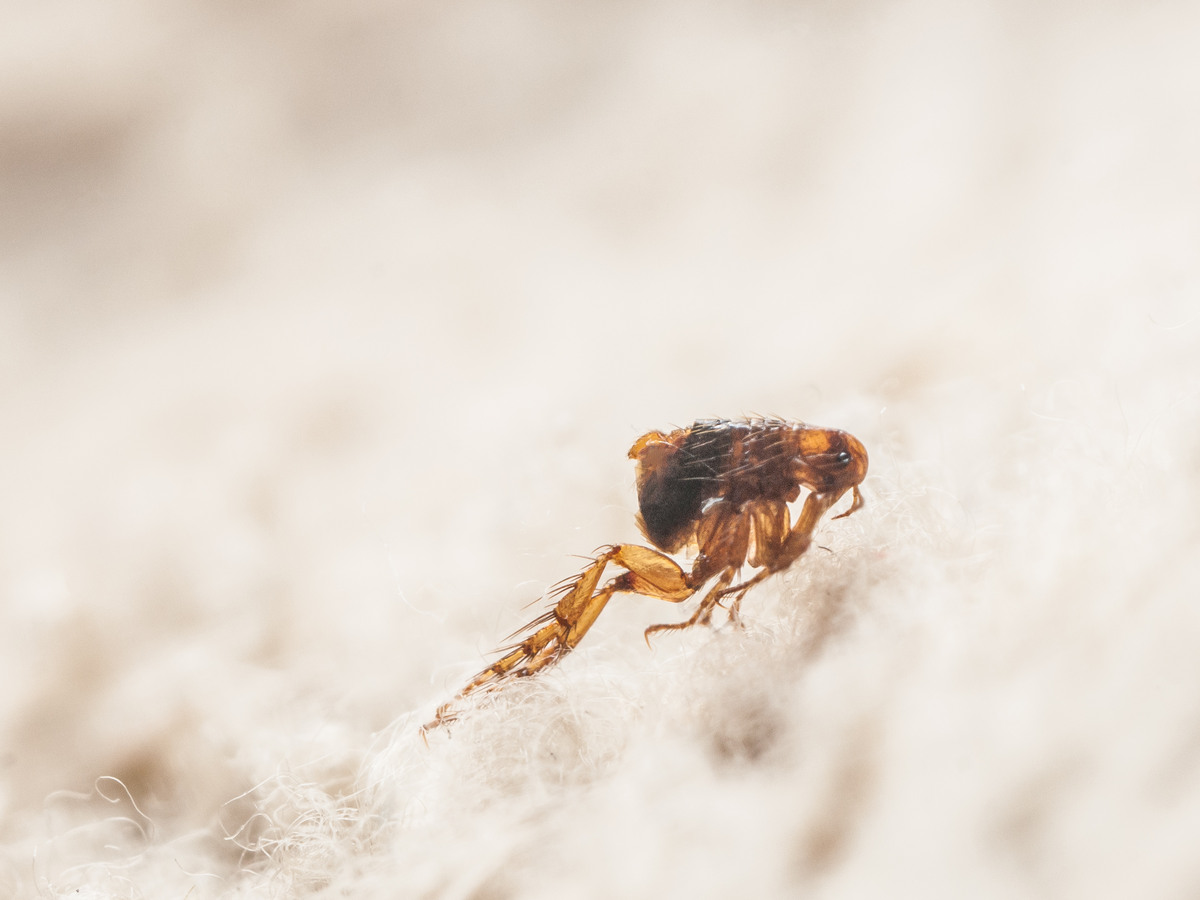
To treat fleas in your yard naturally, start by cleaning all the debris. Then, treat infested areas with beneficial nematodes, diatomaceous earth, or natural flea insecticides.
There’s no need to treat the entire outdoor space. Flea larvae only survive in humid, shaded spots, such as under shrubs, the porch or deck, the dog house, around the fence, or in dead vegetation shaded by walls. This article tells you what natural treatments to use and how to use them.
Proper Yard Maintenance
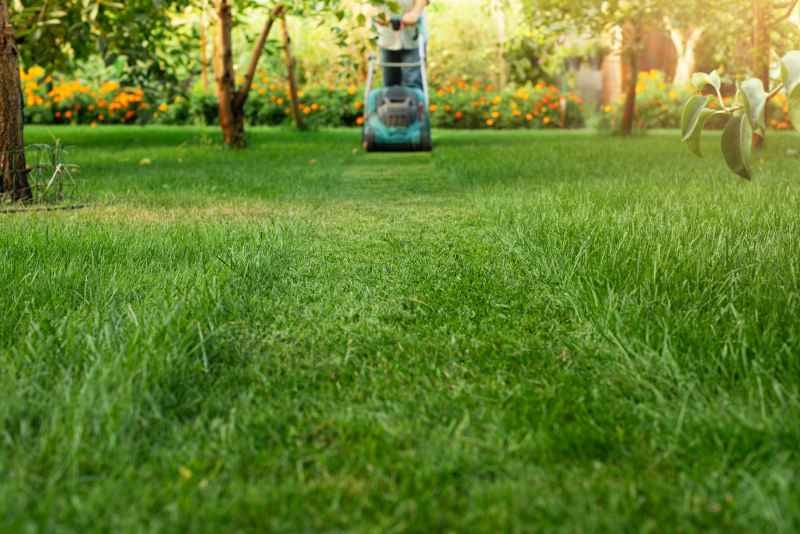
Keeping a clean yard with little to no organic debris, good airflow and sun exposure helps you get rid of fleas faster and also prevents future infestations.
Fleas are attracted to your yard by tall grass and overgrown shrubs, piles of leaves and wood, thick mulch layers, and standing water. These spots create moist, shaded areas for flea-infested animals to make a nest and for the flea population to thrive.
To reduce flea larvae survival and keep fleas away from your yard:
- Mow the lawn regularly
- Trim the shrubs to expose the soil underneath to sunlight
- Rake thick thatch, fallen leaves, and twigs
- Avoid storing outdoor furniture on the lawn
- Trim the vegetation around the house foundation, porch, deck, or patio, or replace grass and regular plants with flea-repellent species
- Remove any dead vegetation below decks and porches
Beneficial Nematodes
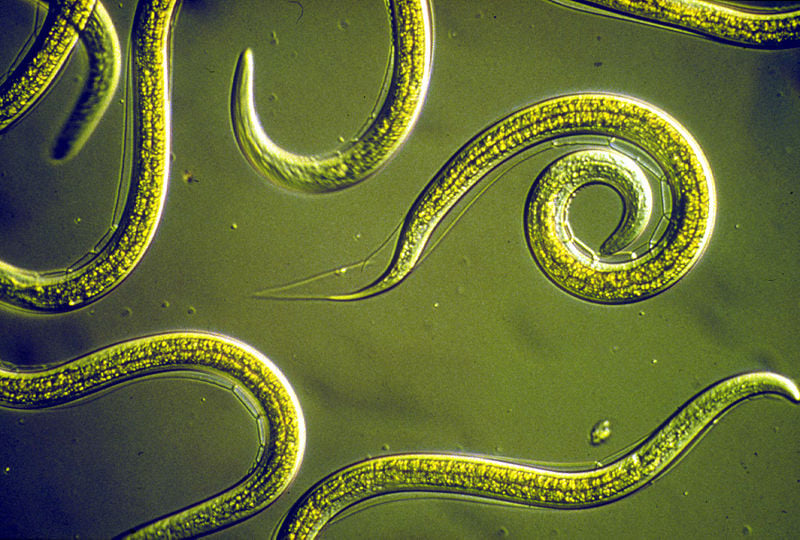
Nematodes are microscopic worms sold in a liquid solution (package or container) that kill fleas in under 48 hours.
Beneficial nematodes are natural flea predators that enter flea bodies and release a deadly bacteria that kills the insects within 24 to 48 hours. They kill flea larvae and pupae and stop the flea life cycle before it leads to adult fleas and more eggs.
How effective is the nematodes’ flea-killing method? Studies show that by applying nematodes to the soil outdoors, you can stop 70% to 100% of the fleas from turning into adults. It’s the best natural flea treatment to control severe flea infestations and prevent a light flea problem from getting worse.
How to use nematodes to kill yard fleas:
- Mix the nematode solution with water and put it in a spray bottle.
- Soak the flea-infested area.
- Lightly water the treated spots for a few days to keep the soil moist and the nematodes from drying.
Safety: Spraying nematodes is the safest natural method for killing cat fleas. It does not require protective gear.
Diatomaceous Earth
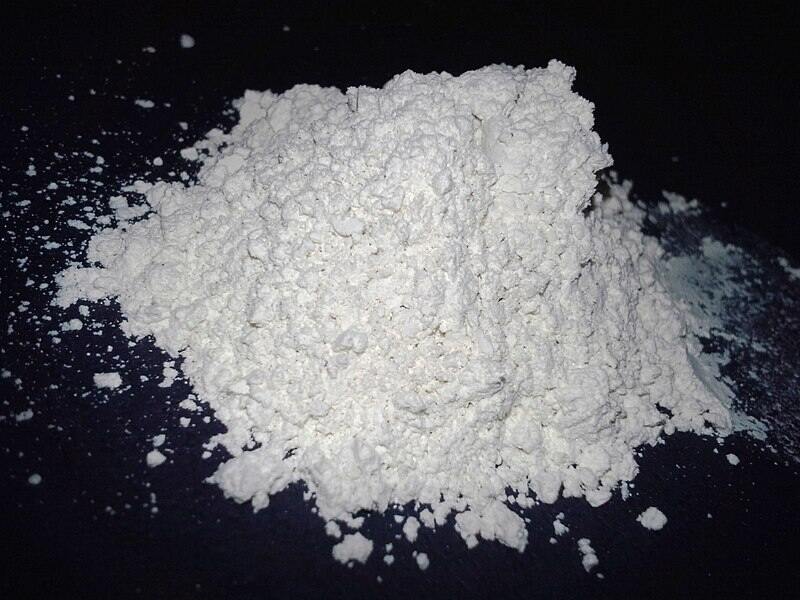
Diatomaceous earth is a natural powdery substance that clings to fleas and kills them by desiccation.
Diatomaceous earth is mostly made of silica, an element common in soil and plants that doesn’t harm the environment. The food-grade powder is used as a natural pesticide and in thousands of other non-pesticide products, such as food, beverages, cosmetics, and paints.
How to use diatomaceous earth in the yard:
- Sprinkle diatomaceous earth on the soil in a thin layer.
- Only use when the soil and vegetation are dry.
- Apply when rain is not expected in the next 24 to 48 hours. Moist diatomaceous earth has no effect on fleas.
- Reapply after rain or heavy morning dew.
Safety: Diatomaceous earth is a fine dust that can irritate the eyes, nose, and skin. Wear goggles, a face mask, and long sleeves when applying it. Keep kids and pets away until the dust settles. Avoid spreading it directly on your pet’s skin; it can cause irritation.
Cedar Wood Chips
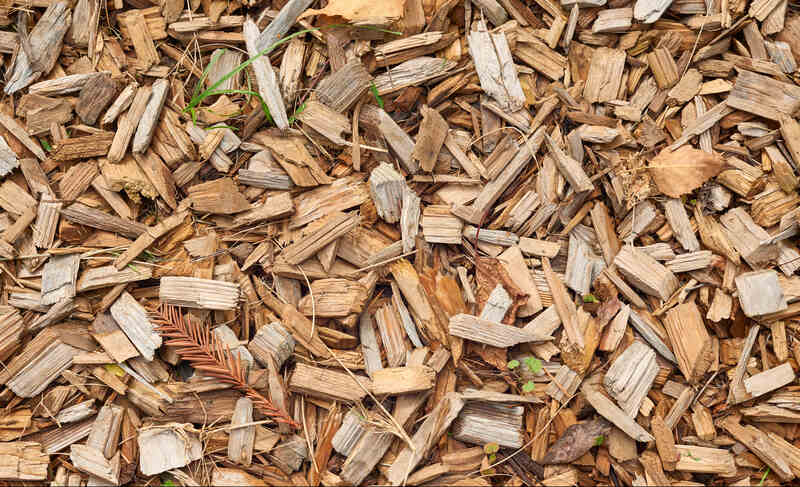
Cedar chips contain cedar oil, an essential oil with insect-repellent properties used as an active ingredient in natural flea treatments.
Cedar chips, mulch, sawdust, and granules are obtained from cedar trees. They are 100% natural and safe to use in the yard and around humans and pets.
Cedar has a woody, slightly spicy smell that irritates fleas, ticks, mosquitoes, and other insects. The chips don’t kill fleas but provide a natural way to make the yard less attractive for these parasites. Spread them under shrubs and porches and in shady areas where your pet rests.
When buying cedar chips, choose fresh material with a pungent smell. Avoid the “de-oiled” products (check the label); they lack the essential oil needed to repel fleas.
How to use cedar chips:
- Sprinkle cedar chips or granules over the area you want to keep free of fleas.
- Reapply every 4 to 6 weeks.
Safety: Safe for humans and pets. No protective gear is required.
My tip: You can also fill a few sachets with cedar granules and put them in your pet’s bedding to repel fleas.
Homemade Flea Killers and Repellents
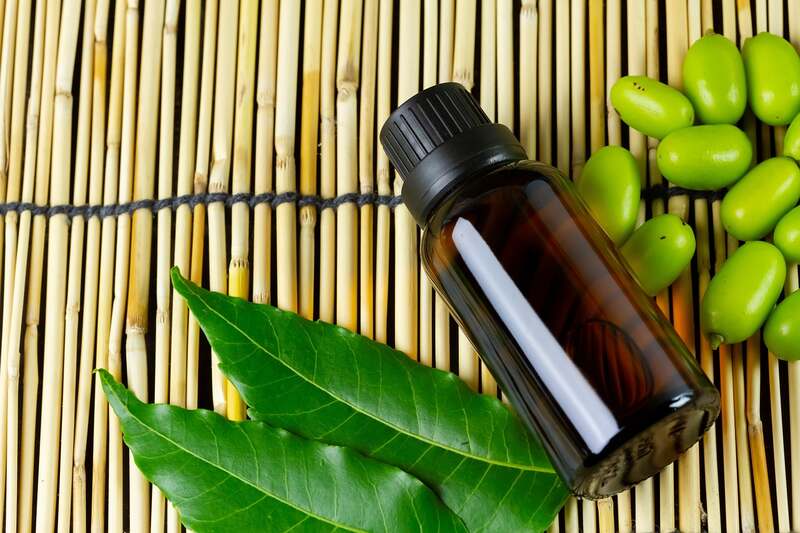
You can prepare a homemade flea insecticide with essential oils, water, and a bit of soap.
Studies show that essential oils (such as peppermint, clove, citronella, or neem) can kill fleas at concentrations of 0.5% to 4%. To keep it simple, use a 1% concentration — one part essential oil to 100 parts water (e.g., 10 ml of essential oil to 1 liter of water). Add a few drops of dish soap or 1-2 tbsp. of apple cider vinegar to help the oil mix.
You can also grow peppermint, lavender, lemongrass, rosemary, citronella grass, Chrysanthemums, or pennyroyal around the house. Their aromatic oils make these plants unpleasant for fleas and your yard less attractive.
My tip: Neem oil has a strong, unpleasant odor; use gloves during application to prevent the smell from lingering on your skin.
Should you use baking soda and salt for natural flea control? Although baking soda and salt are said to dry out fleas, there is no scientific evidence to support this. If you want to spread this mix outdoors, avoid applying it to planted areas—both powders are natural herbicides that dry out plants.
Commercial Natural Flea Insecticides

Natural flea insecticides for fleas and ticks are often available as ready-to-use products. For outdoor use, this means you connect the container to the garden hose and spread the solution.
Natural Insecticides with Citrus Extracts
Some products, like Orange Guard use d-limonene and linalool, two citrus extracts obtained from citrus peels. Experts at the University of Florida say that natural insecticides with d-limonene kill larval and adult fleas, while those containing d-limonene and linalool kill all flea stages.
Natural Insecticides with Essential Oils
Other brands, like Mighty Mint and Wondercide yard products, use essential oils such as peppermint, rosemary, citronella, lavender, eucalyptus, clove, pennyroyal, neem, and cedar oil. Studies show that these oils can successfully kill fleas, even at low concentrations.
How to use natural flea sprays:
- Follow the label instructions.
- Use protective gear when spraying (goggles, face mask, gloves, long sleeves).
- Spray to saturate pet trails, hiding spots, and other infested areas until visibly wet.
- Reapply once every 2-3 days until you no longer detect a flea presence (unless stated otherwise on the product label)
Safety: Some essential oils are toxic to dogs and cats and can cause allergic reactions in humans. Keep the pets and children away while you spray the yard.
FAQ
You should suspect you have fleas in the yard when:
• You spot flea bite marks on your ankles after going outside (itchy, small, red dots)
• You see flea dirt and adult fleas in your dog’s fur
• You notice fleas, dirt and flea eggs in the house where your pet spends time and on the pet bedding
To check if fleas are in the yard or only in the house, put on a pair of tall white socks and walk through the yard. If you pass near fleas, they’ll jump on your socks and are easy to spot.
Dawn dish soap can kill fleas when used to wash flea-infested dogs. It prevents them from floating in the water, which causes them to drown faster. However, it is not as effective in the yard.
How long it takes for natural flea control to work depends on the type of treatment. For example, diatomaceous earth kills exposed fleas in a few hours to a day, while beneficial nematodes in 24 to 48 hours after the application. Getting rid of a flea infestation takes repeated applications and 4 to 6 weeks.
Natural flea control methods are as effective as chemical treatment at killing fleas. However, they have a shorter residual effect and they require more applications than chemical insecticides to control an entire flea infestation.
Beneficial nematodes and cedar chips are safe for children and pets. However, diatomaceous earth and essential oils require precaution:
• Diatomaceous earth is a powder that can irritate the eyes and nose and dry out the skin.
• Some essential oils, like pennyroyal, peppermint and lemongrass are toxic for dogs and cats and should not be sprayed in their presence. It’s also better to keep children away when spraying to avoid any allergic reactions.
Protect Your Yard and Your Pets!
The sooner you act, the easier it is to banish the bloodsucking pests. Find a pest control professional with LawnStarter and clear your yard of fleas today!
LawnStarter pros are also here to help you prevent flea reinfestations. Lawn mowing, yard cleaning, bush trimming, and removing fallen leaves are only a few of the services they can provide to keep your lawn lush, green, and flea-free!
Sources
- Dunn-Silver, A. (n.d.). Insect-killing nematodes. https://cals.cornell.edu/new-york-state-integrated-pest-management/eco-resilience/biocontrol/biocontrol-biology/insect-killing-nematodes
- Samish, M., Rot, A., Gindin, G., Ment, D., Behar, A., Glazer, I., (2020)
- Biocontrol of the cat flea, Ctenocephalides felis, by entomopathogenic nematodes and fungi. Biological Control, Volume 149, pages 104 – 301, ISSN 1049-9644,
- https://doi.org/10.1016/j.biocontrol.2020.104301.
- Tadee, P., Chansakaow, S., Tipduangta, P., Tadee, P., Khaodang, P., Chukiatsiri, K. (2023, December 18). Essential oil pharmaceuticals for killing ectoparasites on dogs. J Vet Sci. 25(1):e5. doi: 10.4142/jvs.23189https://pmc.ncbi.nlm.nih.gov/articles/PMC10839170/
LawnStarter participates in the Amazon Services LLC Associates Program, an affiliate advertising program. LawnStarter may earn revenue from products promoted in this article.
Main Image Credit: Mi St / Adobe Stock